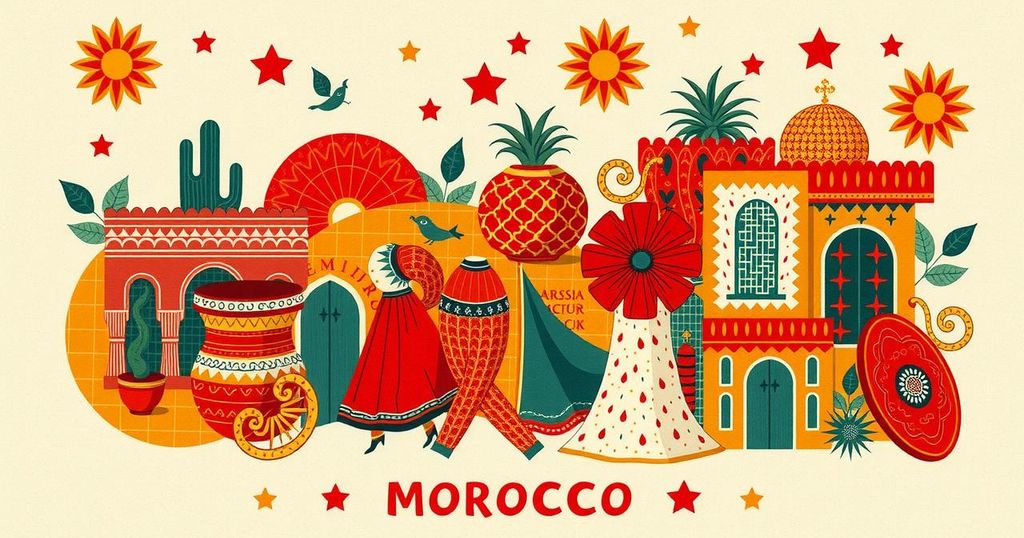Spanish remittances to Morocco have nearly doubled over the past decade, reaching €1.375 billion in 2023. Morocco is now the second-largest recipient of remittances from Spain, following Colombia. This growth is linked to an expanding Moroccan community in Spain, which has surpassed one million residents. Overall remittance outflows from Spain totaled €10.7 billion in 2023, reflecting changing migration patterns and an evolving financial landscape.
Remittances from Spain to Morocco have substantially increased, nearly doubling in the last decade, making Morocco the second-largest recipient of such funds. In 2023, Moroccan remittances reached €1.375 billion, accounting for 13.1% of Spain’s total remittances and 0.09% of Spain’s GDP. This figure is a significant rise from a decade prior, when remittances to Morocco comprised only 7.4% of total transfers and represented 0.04% of Spanish GDP.
The growth in remittances is closely associated with the expanding Moroccan population in Spain, which has increased by 200,000 individuals in merely two years. Currently, Moroccans constitute the largest foreign demographic in Spain, surpassing one million residents, as reported by the Spanish National Statistics Institute (INE). Notably, Colombia remains the largest recipient of remittances from Spain, receiving 14.7% (approximately €1.5 billion) of the total money transfers.
Spain’s overall remittance outflow reached €10.7 billion in 2023, representing 0.7% of its GDP and marking a slight increase since the COVID-19 pandemic. This substantial flow of remittances enhances Morocco’s position in diaspora transfers. The Moroccan Exchange Office indicated that total remittances from Moroccans abroad in 2024 amounted to MAD 117.7 billion ($11.7 billion), reflecting a 2.1% rise compared to the previous year.
As the second-largest recipient of remittances in the MENA region, Morocco continues to thrive, with foreign direct investments rising to MAD 17.23 billion ($1.7 billion), a notable increase of 55.4% year-over-year. The upward trend is evident in 2025, as remittances in January alone reached MAD 9.45 billion ($950 million), slightly surpassing the MAD 9.4 billion from January of the previous year.
The dynamics of remittance flows have shifted dramatically since 2013, when Ecuadorians, Bolivians, and Romanians in Spain sent more money than Moroccans. Even prior to the pandemic in 2019, Ecuadorians were sending larger amounts. Other countries experiencing growth in remittance inflows include Honduras, with a significant increase to 4.9% of total transfers (about €520 million), and Pakistan, rising from 2% to 4.4% of total remittances.
Despite the increase in remittances, the Bank of Spain notes that Spain’s overall remittance-to-GDP ratio remains below the international average. However, this dynamic market has attracted new financial service providers, with digital platforms emerging to facilitate international money transfers from Spain, signaling an evolving financial landscape for these transactions.
In conclusion, remittances from Spain to Morocco have substantially increased, making Morocco the second-largest recipient of remittances from Spain. This growth is closely linked to the rising Moroccan population in Spain and highlights a shift in remittance patterns. As the industry evolves, new financial services and digital platforms are paving the way for more efficient money transfers, underscoring the significance of this financial flow in both economies.
Original Source: www.moroccoworldnews.com




